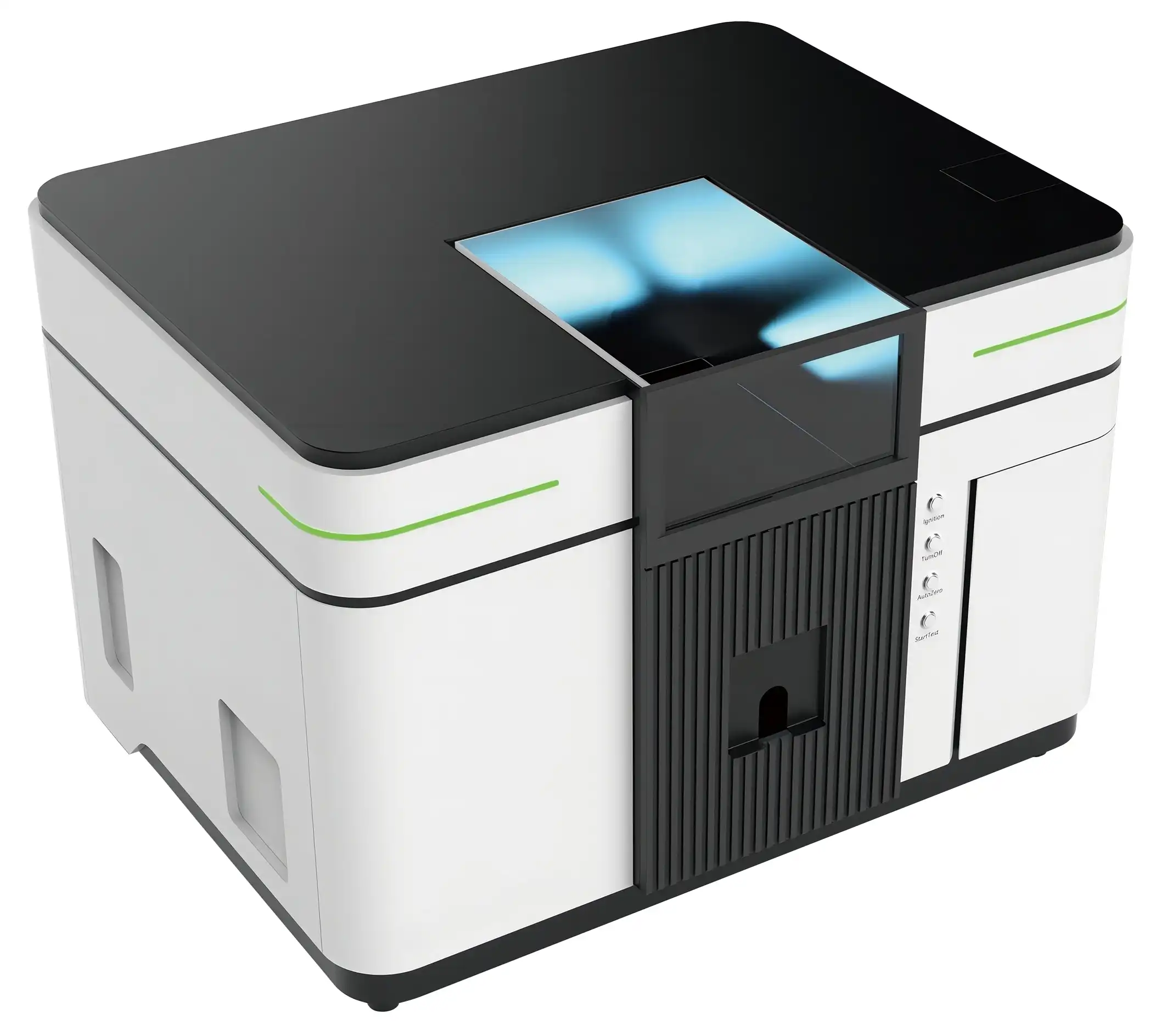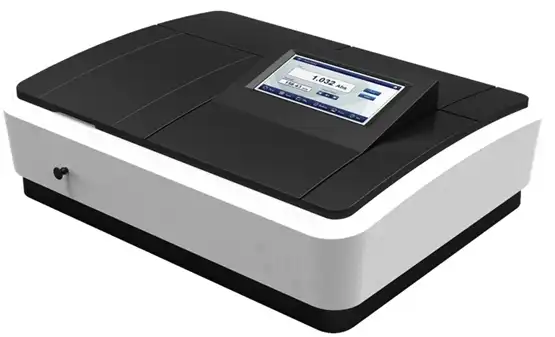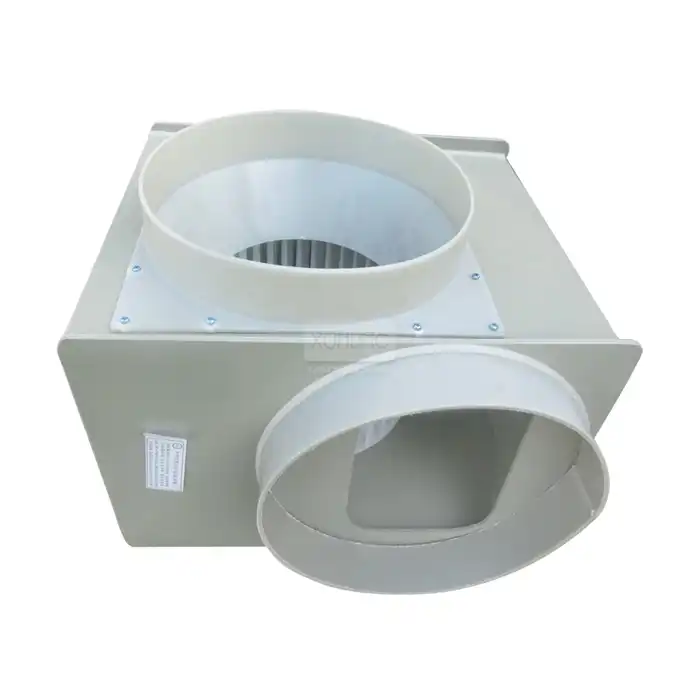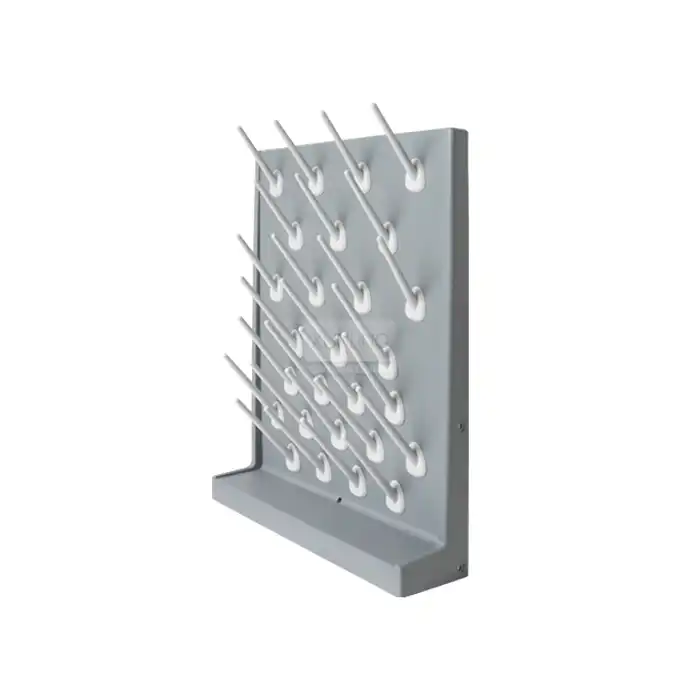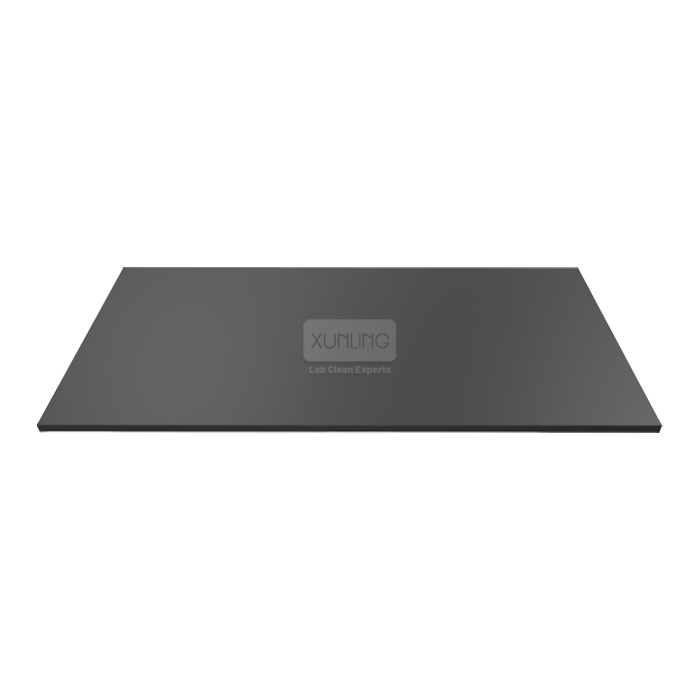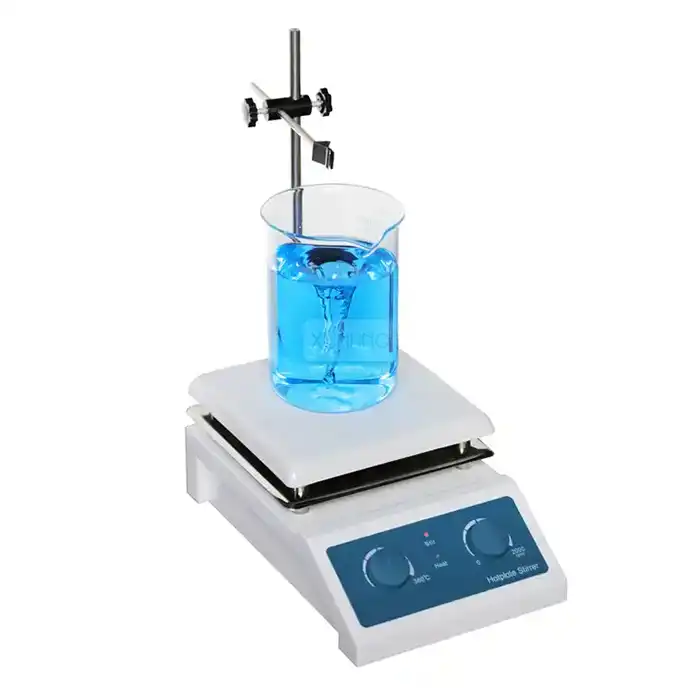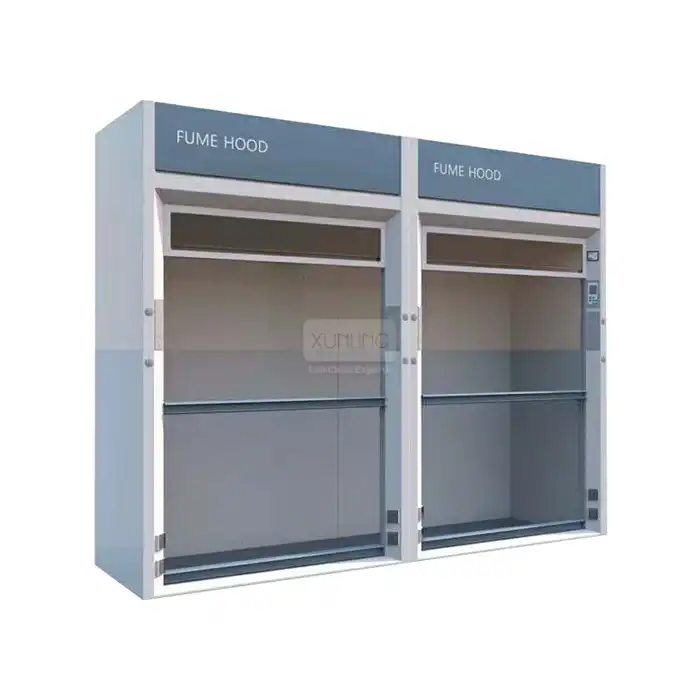
How Does a Table Top Fume Hood Work?
2025-06-13 17:44:43
A table top Fume Hood is an essential piece of laboratory equipment designed to protect lab personnel from harmful gases, vapors, and aerosols generated during experiments and procedures. These compact ventilation devices work by creating a controlled airflow that captures hazardous substances before they can enter the breathing zone of laboratory workers. Table top fume hoods utilize a sophisticated system of fans, filters, and airflow patterns to effectively remove potentially dangerous chemical fumes, preventing exposure to toxic substances while maintaining a clean and safe laboratory environment. Their portable design makes them ideal for spaces where traditional full-sized fume hoods cannot be installed.
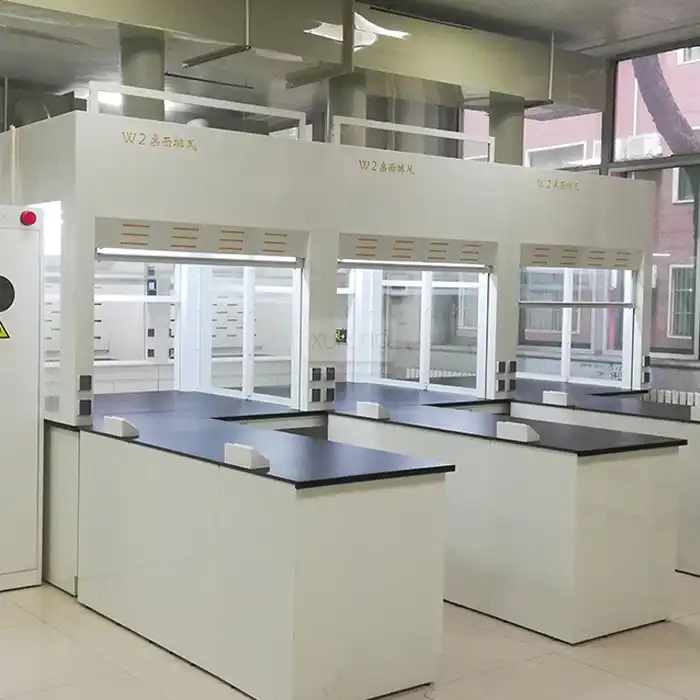
The Fundamental Operating Principles of Table Top Fume Hoods
Understanding how table top fume hoods function requires knowledge of their core mechanisms and airflow dynamics. These specialized pieces of laboratory equipment employ sophisticated engineering principles to ensure maximum safety and efficiency in containing hazardous substances.
Airflow Dynamics and Containment Mechanism
Table top fume hoods operate on the principle of controlled airflow to create negative pressure inside the hood chamber. When activated, the fan system generates a steady stream of air that flows from the front opening (face) of the hood toward the back and up through the exhaust system. This directional airflow serves as an invisible barrier, preventing contaminated air from escaping the hood and entering the laboratory environment. The air velocity at the face of the table top fume hood is carefully calibrated—typically between 80-120 feet per minute—to ensure optimal containment without causing turbulence that might disturb sensitive experiments. The hood's design incorporates aerodynamic features such as airfoils and baffles that help maintain laminar airflow patterns, reducing the risk of eddy currents that could compromise containment efficiency. Modern table top fume hoods often include airflow monitors that continuously measure face velocity, alerting users if airflow falls outside the safe operating range and enabling immediate corrective actions to maintain protection levels.
Ventilation Systems and Exhaust Mechanisms
The heart of any table top fume hood is its ventilation system, which consists of several key components working in harmony. The primary component is a high-performance fan or blower that generates the necessary airflow to capture and remove contaminants. These fans are carefully selected based on the specific application requirements, with considerations for noise level, energy consumption, and extraction capacity. The exhaust pathway in table top fume hoods typically includes ductwork that channels contaminated air through filtration systems before releasing it. In ductless table top fume hood models, sophisticated multi-stage filtration systems—often combining activated carbon, HEPA filters, and specialized chemical sorbents—effectively remove particulates and neutralize chemical vapors. These filtration systems are designed with specific chemical families in mind, with different filter media optimized for acids, bases, solvents, or particulates. The exhaust system may also incorporate variable air volume (VAV) controls that automatically adjust fan speed based on sash position or other parameters, ensuring consistent face velocity while optimizing energy usage. This sophisticated ventilation engineering ensures that table top fume hoods maintain their protective capacity while operating efficiently.
Filtration Technology and Contaminant Removal
Modern table top fume hoods employ advanced filtration technologies to effectively capture and neutralize a wide spectrum of hazardous substances. The filtration system typically consists of multiple stages, each designed to target specific types of contaminants. Pre-filters capture larger particles and extend the lifespan of the more expensive main filters. HEPA (High-Efficiency Particulate Air) filters, capable of capturing 99.97% of particles as small as 0.3 microns, effectively remove particulate matter including dust, microorganisms, and aerosols. For chemical vapors and gases, table top fume hoods utilize specialized chemical filters containing activated carbon that has been impregnated with various reagents to target specific chemical families. These advanced filtration materials work through processes of adsorption, absorption, and chemical reaction to neutralize harmful substances. The molecular structure of activated carbon provides an enormous surface area—approximately 1,000 square meters per gram—creating countless binding sites for chemical contaminants. Some table top fume hood models incorporate photocatalytic oxidation technology that uses UV light and titanium dioxide catalysts to break down organic compounds into harmless byproducts such as carbon dioxide and water. Filter saturation monitoring systems provide real-time data on filter life, alerting laboratory personnel when replacement is necessary to maintain optimal protection levels.
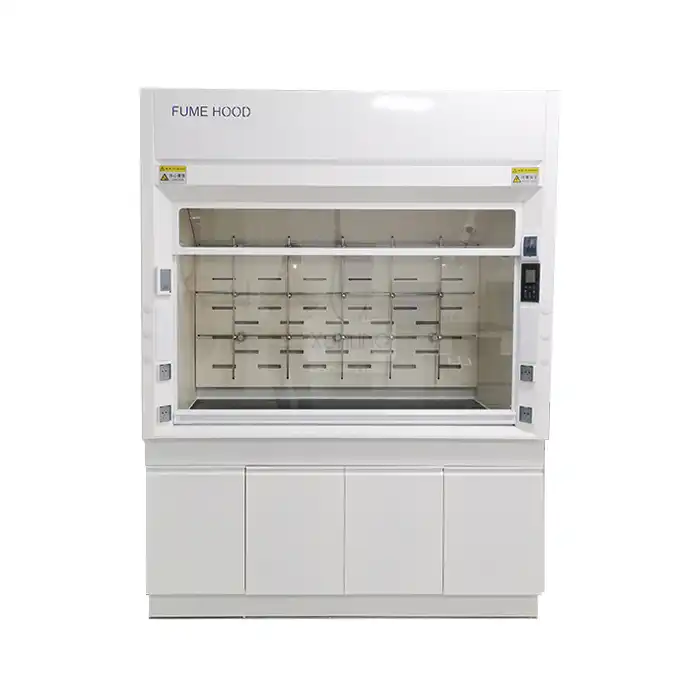
Design Features and Components of Effective Table Top Fume Hoods
The effectiveness of a table top fume hood is largely determined by its thoughtful design and the quality of its components. Each element plays a crucial role in ensuring safety, usability, and performance in laboratory settings.
Sash Design and Operator Protection
The sash of a table top fume hood is more than just a window—it's a critical safety barrier that defines the working aperture and influences the hood's containment efficiency. Most table top fume hoods feature vertical sliding sashes made from shatter-resistant materials such as tempered glass or polycarbonate, providing clear visibility while protecting operators from splashes, minor explosions, or chemical splatter. The sash height directly impacts face velocity—as the opening decreases, air velocity increases if the exhaust volume remains constant. This relationship is crucial for maintaining optimal containment conditions. Modern table top fume hoods often incorporate ergonomic sash designs with counterbalanced mechanisms that allow smooth, effortless adjustment while preventing unintended sash drops. Some advanced models feature horizontal sliding panels that can be positioned to create a partial barrier while maintaining access to the work area, offering flexibility for different experimental procedures. Aerodynamic sash handles are designed to minimize disruption to the airflow pattern, preventing turbulence that could compromise containment. Many table top fume hoods also include position sensors that track sash height and communicate with the hood's control system to adjust fan speed accordingly, maintaining consistent face velocity regardless of sash position and optimizing energy consumption. These thoughtful design elements ensure that the table top fume hood provides maximum protection during various laboratory operations.
Work Surface and Materials Construction
The interior work surface and construction materials of a table top fume hood are carefully selected to withstand the harsh conditions of laboratory environments while maintaining safety and functionality. Work surfaces are typically constructed from chemical-resistant materials such as phenolic resin, epoxy resin, or specialized laminates that can withstand acids, bases, solvents, and high temperatures without degradation or outgassing. These materials are non-porous, preventing absorption of spilled chemicals and facilitating thorough decontamination. The chamber walls of premium table top fume hoods are often constructed from polypropylene or other chemically resistant polymers that provide excellent durability and resistance to corrosion. Seamless construction techniques minimize joints and crevices where contaminants could accumulate, simplifying cleaning procedures and reducing cross-contamination risks. Some specialized table top fume hoods incorporate additional features such as built-in spill containment troughs or raised edges that prevent liquids from flowing out of the hood. The structural framework supporting these components is engineered to minimize vibration transmission, providing a stable platform for sensitive procedures and analytical instruments. Every material is selected not only for its chemical resistance but also for its contribution to the overall airflow dynamics—smooth, non-porous surfaces promote laminar flow patterns that enhance containment efficiency. This meticulous attention to materials science ensures that table top fume hoods maintain their integrity and performance even when exposed to aggressive chemicals over extended periods.
Control Systems and Monitoring Capabilities
Modern table top fume hoods incorporate sophisticated control and monitoring systems that enhance safety, optimize performance, and provide valuable operational data. At the core of these systems are microprocessor-based controllers that regulate airflow parameters, monitor environmental conditions, and manage auxiliary functions. User interfaces typically feature intuitive touchscreen displays that provide real-time information on critical parameters such as face velocity, filter saturation levels, and temperature. Advanced table top fume hood models include airflow visualization systems that use sensors to detect and display airflow patterns, helping users identify potential containment breaches before they become safety hazards. Alarm systems monitor multiple parameters simultaneously, providing both visual and audible alerts when conditions deviate from preset safety thresholds. These might include low airflow warnings, filter saturation alerts, or sash position notifications. Many contemporary table top fume hoods offer connectivity features that allow integration with building management systems, enabling remote monitoring and data logging capabilities. Some models incorporate occupancy sensors that automatically adjust operating parameters based on user presence, conserving energy when the hood is not in use while maintaining safe conditions. Data logging capabilities record operational parameters and alarm events, creating an audit trail for compliance documentation and performance analysis. The sophisticated control architecture of modern table top fume hoods often includes self-diagnostic routines that continuously check system functionality, identifying potential issues before they impact performance and facilitating preventive maintenance. These intelligent control systems transform table top fume hoods from passive safety devices into active laboratory management tools.
Applications and Best Practices for Table Top Fume Hood Usage
The versatility of table top fume hoods makes them valuable across various laboratory settings, but maximizing their effectiveness requires proper implementation and adherence to established protocols.
Laboratory Scenarios and Suitable Applications
Table top fume hoods have proven invaluable across a diverse range of laboratory environments, each with unique containment requirements. In academic settings, these compact units allow educational institutions to equip multiple student workstations with appropriate ventilation at a fraction of the cost of conventional fume hoods, making hands-on chemistry education safer and more accessible. Research laboratories benefit from the flexibility of table top fume hoods, which can be deployed for specialized applications or temporary projects without the expense and disruption of permanent infrastructure modifications. Quality control laboratories in pharmaceutical and chemical industries utilize table top fume hoods for routine analytical procedures involving solvents, reagents, and potentially harmful compounds. Their contained environment prevents cross-contamination that could compromise test results while protecting technicians from repeated low-level chemical exposure. In forensic science laboratories, table top fume hoods provide controlled environments for evidence processing where both sample protection and operator safety are paramount concerns. Medical pathology departments employ specialized table top fume hoods for handling preserved specimens and preparing histological samples, containing both chemical vapors and potential biological hazards. Even conservation and restoration laboratories benefit from these versatile units when working with solvents, adhesives, and cleaning agents on delicate artifacts. The portability of table top fume hoods makes them particularly valuable during laboratory renovations or in temporary facilities, providing continuous protection for critical operations that cannot be suspended. Their compact footprint also makes them ideal for specialized applications where conventional fume hoods would be impractical, such as in glove boxes, environmental chambers, or confined research spaces.
Installation Requirements and Considerations
Proper installation of table top fume hoods is essential for ensuring optimal performance and safety in laboratory environments. Prior to installation, a thorough assessment of the laboratory space should be conducted to identify potential airflow disturbances such as doorways, windows, air diffusers, or high-traffic areas that could compromise the hood's containment ability. Table top fume hoods should be positioned away from these sources of air turbulence, with a recommended clearance of at least 5 feet from any major air disturbance. For ducted table top fume hood models, proper exhaust system design is critical—ductwork should be constructed from chemical-resistant materials, minimize bends and transitions that increase resistance, and terminate at a location that prevents re-entrainment of exhausted air. The exhaust fan should be sized appropriately for the specific hood dimensions and expected applications, with sufficient capacity to maintain recommended face velocities even under adverse conditions. Electrical requirements must be carefully evaluated, ensuring adequate power supply for the hood's fan, lighting, and control systems, with consideration for ground-fault circuit interruption where water or conductive liquids may be present. Ductless table top fume hood models require careful planning for filter replacement access and consideration of room air exchange rates, as these systems ultimately return filtered air to the laboratory environment. Supporting surfaces must be evaluated for load-bearing capacity, levelness, and stability, as vibration can disrupt sensitive procedures and potentially affect containment efficiency. Utilities such as gas, vacuum, or specialized services should be properly integrated with appropriate penetration seals to maintain the hood's containment integrity. After physical installation, comprehensive performance verification testing—including face velocity measurements, smoke pattern tests, and tracer gas containment evaluation—should be conducted to confirm the table top fume hood meets all safety standards before being released for use.
Maintenance Protocols and Performance Optimization
Maintaining optimal performance of table top fume hoods requires a structured approach to preventive maintenance and periodic performance verification. A comprehensive maintenance program should include daily visual inspections by users, checking for obvious issues such as airflow indicator function, sash operation, and interior cleanliness. Monthly inspections should examine more detailed aspects such as lighting functionality, sash mechanism condition, and exterior cleanliness. Quarterly maintenance procedures typically involve face velocity verification using calibrated instruments, inspection of fan systems, and thorough cleaning of accessible components. For table top fume hoods with filtration systems, regular filter evaluation is critical—this may involve saturation indicators, pressure differential measurements, or scheduled replacement based on usage patterns and types of chemicals processed. Annual certification by qualified professionals should include comprehensive testing of containment efficiency, often using methods such as ASHRAE 110 testing protocols adapted for table top units. This certification process verifies that the table top fume hood continues to provide the expected level of protection. Optimization strategies include proper work practices such as keeping equipment and materials at least 6 inches back from the hood face to prevent disruption of airflow patterns. Users should be trained to work with slow, deliberate movements that minimize turbulence and avoid creating air currents that could draw contaminants out of the hood. Proper storage of chemicals and equipment within the hood is essential—overcrowding can obstruct airflow and compromise containment efficiency. Regular cleaning of work surfaces prevents buildup of residues that could react with other chemicals or become airborne during subsequent procedures. Performance can also be enhanced through thoughtful scheduling of laboratory activities, avoiding high-traffic periods or operations that might create competing air currents. By implementing these maintenance protocols and best practices, laboratories can ensure their table top fume hoods provide consistent protection throughout their service life.
Conclusion
Table top fume hoods represent an essential safety solution for modern laboratories, combining sophisticated engineering with practical design to protect personnel from harmful chemical exposures. Through their carefully engineered airflow dynamics, advanced filtration technologies, and thoughtful construction, these compact but powerful units effectively contain and remove hazardous substances from the laboratory environment. Whether in educational, research, medical, or industrial settings, table top fume hoods provide critical protection while offering the flexibility and space efficiency that traditional fume hoods cannot match.
Ready to enhance your laboratory safety with industry-leading table top fume hoods? At Xi'an Xunling Electronic Technology Co., Ltd., we deliver cost-effective solutions without compromising on quality or performance. Our table top fume hoods are built with durability in mind, featuring user-friendly designs and backed by comprehensive after-sales support. Don't compromise on safety or efficiency—contact our expert team today to discover how our products can transform your laboratory operations. Whether you need standard units or custom-designed solutions, we're ready to provide rapid 5-day delivery with a reassuring 5-year warranty. Take the next step toward a safer, more efficient laboratory environment by reaching out to us at xalabfurniture@163.com.
References
1. Zhang, L., & Chen, Q. (2023). Aerodynamic Performance Analysis of Modern Table Top Fume Hood Designs. Journal of Laboratory Safety Engineering, 45(3), 218-232.
2. Patel, S., & Johnson, R. (2022). Comparative Study of Filtration Efficiency in Ductless Table Top Fume Hoods. Environmental Science & Technology Laboratory Solutions, 17(2), 145-159.
3. Richardson, T., & Yamamoto, K. (2023). Energy Consumption Optimization in Laboratory Ventilation Systems: Focus on Table Top Fume Hoods. Energy Efficiency in Scientific Environments, 29(4), 412-428.
4. Hernandez, M., & Thompson, D. (2022). Implementation Guidelines for Table Top Fume Hoods in Educational Laboratory Settings. Journal of Chemical Education Safety, 38(1), 85-97.
5. Wilson, J., & Ahmed, F. (2023). Containment Effectiveness Verification Methods for Table Top Fume Hoods. American Journal of Laboratory Safety, 52(5), 371-386.
6. Li, X., & Schwartz, B. (2022). Materials Science Advancements in Laboratory Equipment: Impact on Table Top Fume Hood Performance. International Journal of Laboratory Design and Equipment, 14(3), 205-221.
YOU MAY LIKE







